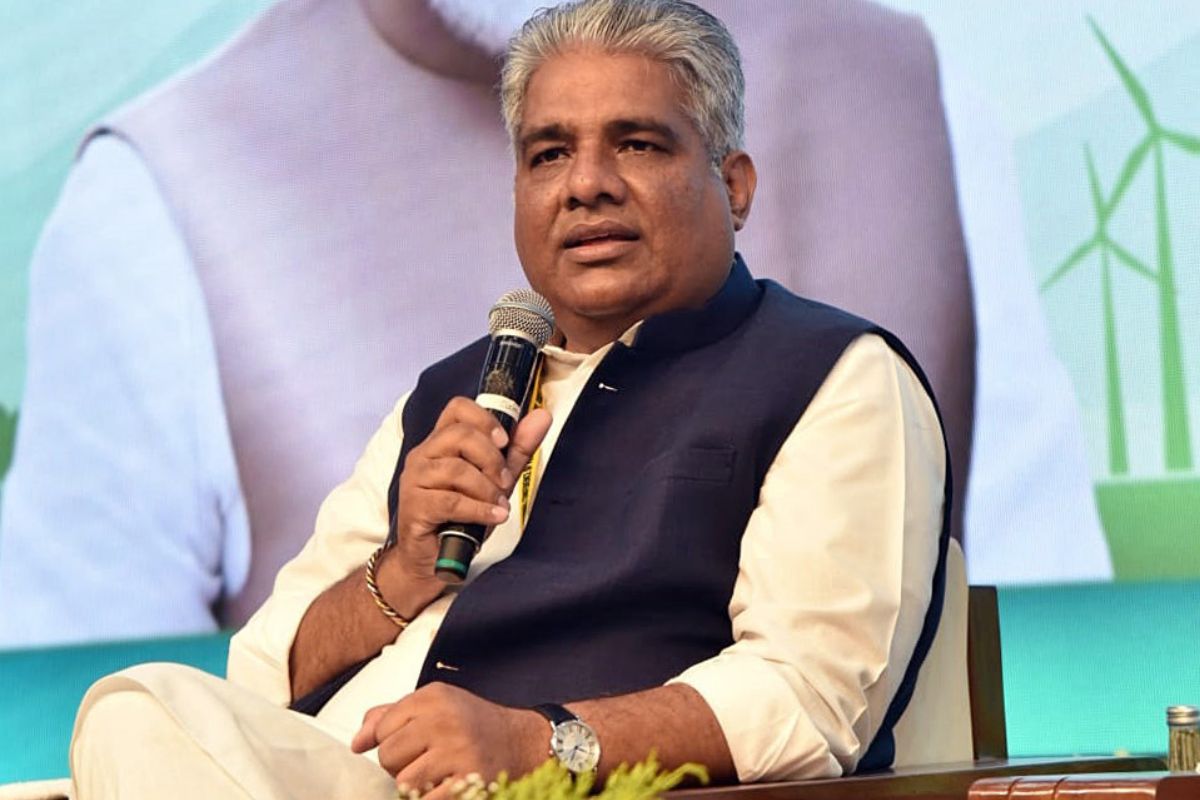New Delhi, November 8
India is committed to conservation and restoration of natural ecosystems and can contribute to the global knowledge base due to its extensive experience in the restoration of mangroves—among the most carbon-rich forests in the tropics, accounting for 3% of carbon sequestered by tropical forests in the World, said Environment Minister Bhupender Yadav.
Speaking at the launch of the Mangrove Alliance for Climate (MAC) at COP 27 at Sharm El-Sheikh today, Yadav said there has been a significant increase observed in mangroves cover in India in its Andamans region, the Sundarbans region and in the Gujarat region.
India has demonstrated expertise in mangrove restoration activities for nearly five decades and restored different types of mangrove ecosystems both on its east and west coasts, he said.
“One of the largest remaining areas of mangroves in the world, the Sundarbans supports an exceptional level of biodiversity in both the terrestrial and marine environments, including significant populations of a range of flora and plant species; species of wildlife wide range of fauna, including the Bengal Tiger and other threatened species such as the estuarine crocodile and the Indian python,” Yadav said.
Congratulating on the launch of MAC for the conservation of mangroves with cross boundary cooperation to meet the intentional climate goals, Yadav said, “We also feel that integration of mangroves into the national REDD+, Reducing Emissions from Deforestation and Forest Degradation programmes are the need of the hour.”
“India can contribute to the global knowledge base due to its extensive experience in mangrove restoration, studies on ecosystem valuation and carbon sequestration and also benefit from associating with other nations regarding cutting-edge solutions and generating appropriate financial instruments for mangrove conservation and restoration,” he said.
Speaking of India’s commitment to its NDC to create an additional carbon sink of 2.5 to 3 billion tonnes of CO2 equivalent through additional forest and tree cover by 2030, he said: “We see the tremendous potential mangroves have for mitigation of growing GHG concentration in the atmosphere. Studies have shown that mangrove forests can absorb four to five times more carbon emissions than landed tropical forests.
Discussions
Discussions
